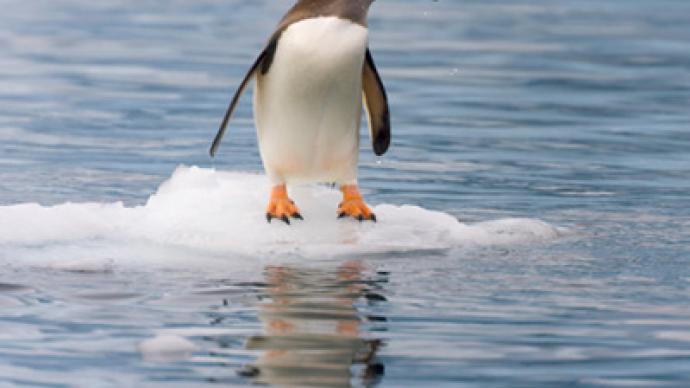Stark penguin paradise

Tough weather conditions and sub-zero temperatures all year round can make Antarctica an uninviting place to live on. But in fact it is home to a range of hardy animals.
Down at the bottom of the Earth there is a land of ice and volcanic rock, so different from the civilized world that it is hard to imagine that life could be found there. But in fact, a closer look reveals it is one of the most interesting ecosystems on the planet.“You know that due to a very unique position, Antarctica has been isolated from the other continents for a very long time. It means that the fauna we have here – from the tiniest creatures all the way up to seals and penguins, is unique. You can never find it anywhere else on the planet,” explained Vassiliy Pavarzhn, a marine biologist. “We only have marine mammals and marine birds that come on shore to breed. The only terrestrial life is limited to the vegetation and maybe some invertebrates some tiny invertebrates. And that’s about it,” said Ian Bullock, a biological researcher.And if you want to experience some of this exotic wildlife, the Antarctica Peninsula is certainly a good place to start.“There are four different kinds of seals you could expect to see, six if you are lucky. The penguins too, there are three of the brush-tailed penguins that you would expect to see in the peninsula, but if you are most dreadfully lucky you could see up to six different species,” said Dr. Steve Emslie, a penguin researcher. It is clear that the wildlife in Antarctica is both unique and fragile. One of the main areas of study for scientists down here is the environment so they can get a better understanding of how they can protect that wildlife.“We are seeing the Adelie penguins, which are the most abundant species in the Antarctic and a true ice-loving species, they are declining in the Antarctic Peninsula. They may even disappear from the peninsula in the next 50 years because of the warming and the loss of sea ice, which is just part of their habitat,” Emslie said.With scientists witnessing such dramatic changes in such a short period of time, the concern is what to do in the future to prevent such a rapid change in the environment.“There is a very big message here. There is nowhere on the planet that is changing faster than the Antarctic Peninsula. It is one of three sites that have the fastest growing increase in average weather, particularly winter temperatures. There is western Siberia, Alaska and the Antarctic Peninsula which is warming five times faster than anywhere else on the planet,” stated Bullock.And this means the fate of the animals that call this place home is up in the air.Read details of RT’s Antarctic adventures in Sean Thomas’s blog













